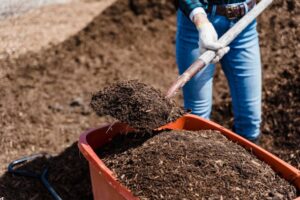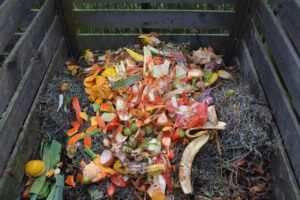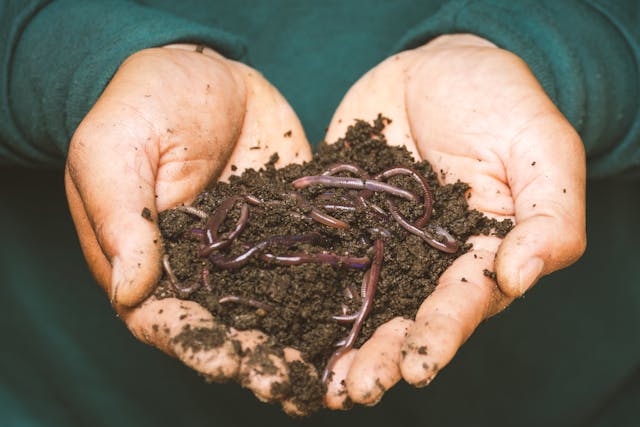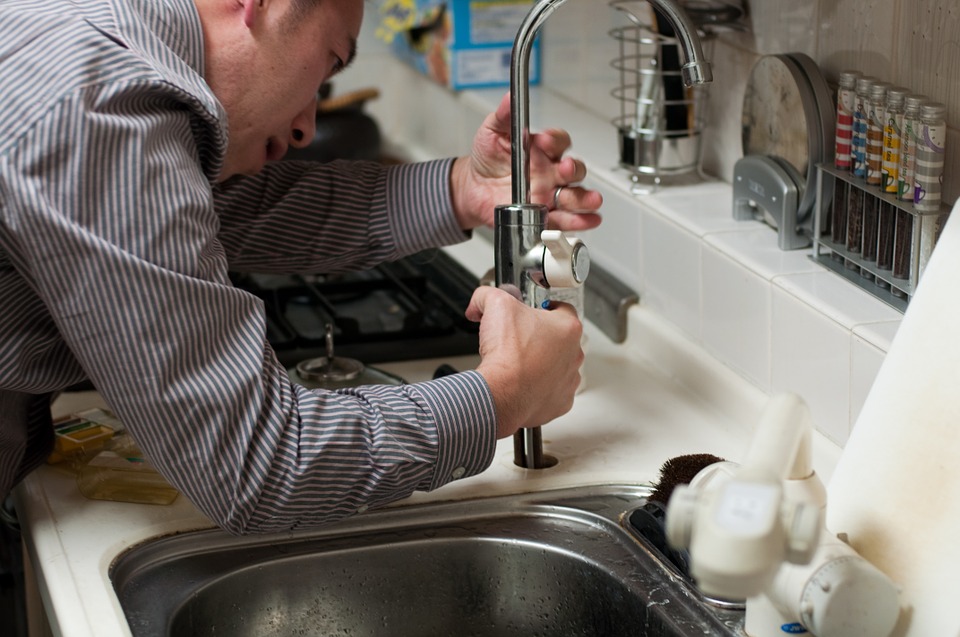Can you imagine what the Earth would look like if we all threw away our trash without recycling it? It would be a total mess! Luckily, there are lots of people who are taking the time to recycle their waste and turn it into something useful. Are you one of them? If you are, chances are you’ve already heard about composting. Composting is a process of breaking down organic waste into fertilizer that can be used in gardening. To make this process easier, you can use compost bins. But did you know that you can make your own DIY compost bins at home?
Yes, you read that right. You can make your own compost bins in your own backyard. And we are here to help you with that! In this article, we have gathered some of the best DIY compost bin ideas for you to get started.
Rotating Compost Bins (Tumblers)
 Rotating compost bins, also known as tumblers, are a convenient option for those looking for an efficient way to compost organic waste. These compost tumblers make it easy for the mixing process. Since the tumbler keeps turning, you can speed up the decomposition process and ensure that all components are evenly distributed. This helps aerate the pile and promotes faster breakdown of organic matter. Additionally, tumblers help contain odors and keep pests away, making them a clean and hassle-free option for composting.
Rotating compost bins, also known as tumblers, are a convenient option for those looking for an efficient way to compost organic waste. These compost tumblers make it easy for the mixing process. Since the tumbler keeps turning, you can speed up the decomposition process and ensure that all components are evenly distributed. This helps aerate the pile and promotes faster breakdown of organic matter. Additionally, tumblers help contain odors and keep pests away, making them a clean and hassle-free option for composting.
Trash Can Compost Bin
Looking for a simple and cost-effective way to start composting at home? Look no further than the trusty trash can! Yes, you read that right – a regular old trash can can be repurposed as a compost bin with just a few modifications. To create your DIY trash can compost bin, all you need is a large plastic or metal trash can with a secure lid. Drill some holes in the sides and bottom of the bin for ventilation and drainage. Make sure to add a layer of gravel or small rocks at the bottom to aid in drainage. Next, start adding your organic waste materials like fruit and vegetable scraps, coffee grounds, eggshells, and yard clippings into the bin. Remember to mix greens (nitrogen-rich) and browns (carbon-rich) materials for optimal decomposition. Place the lid securely on top to keep critters out and prevent odors from escaping. Give the contents a stir every week or so to aerate the pile and speed up decomposition. Before you know it, you’ll have nutrient-rich compost ready to use in your garden.
Wire Mesh Compost Bin
Next, try out this compost bin. Wire mesh bins are versatile and can be easily customized to totally fit your space and needs. Simply gather some sturdy wire mesh, cut it to size, and form it into a cylindrical shape. Secure the ends together with zip ties or twist ties for added stability. The open design of the wire mesh allows for proper airflow, essential for composting success. It also makes turning and mixing your compost a breeze, helping to speed up the decomposition process. Place your wire mesh compost bin in a convenient spot in your yard or garden where it can receive sunlight and moisture. Remember to layer browns (carbon-rich materials) and greens (nitrogen-rich materials) as you add them to promote healthy decomposition.
Kitchen Compost Bucket
 Last but not least, being perfect for collecting fruit peels, vegetable trimmings, coffee grounds, and eggshells before transferring them to your larger compost bin, a kitchen compost bucket might just be the solution you need. With a tight-fitting lid to keep odors at bay and a handle for easy transport, a kitchen compost bucket can easily fit on your countertop or under the sink. Some even come with carbon filters to further minimize any unpleasant smells in your kitchen. Creating your own DIY compost bin is an excellent way to reduce organic waste and enrich your soil with nutrient-rich compost. Doing this not only diverts materials from landfills but also contributes to creating healthier soil for your garden or plants.
Last but not least, being perfect for collecting fruit peels, vegetable trimmings, coffee grounds, and eggshells before transferring them to your larger compost bin, a kitchen compost bucket might just be the solution you need. With a tight-fitting lid to keep odors at bay and a handle for easy transport, a kitchen compost bucket can easily fit on your countertop or under the sink. Some even come with carbon filters to further minimize any unpleasant smells in your kitchen. Creating your own DIY compost bin is an excellent way to reduce organic waste and enrich your soil with nutrient-rich compost. Doing this not only diverts materials from landfills but also contributes to creating healthier soil for your garden or plants.




